Forward Helix Piercing: Benefits, Pain, Healing, & Jewelry
Unleash your bold personality and rock this edgy piercing with confidence.
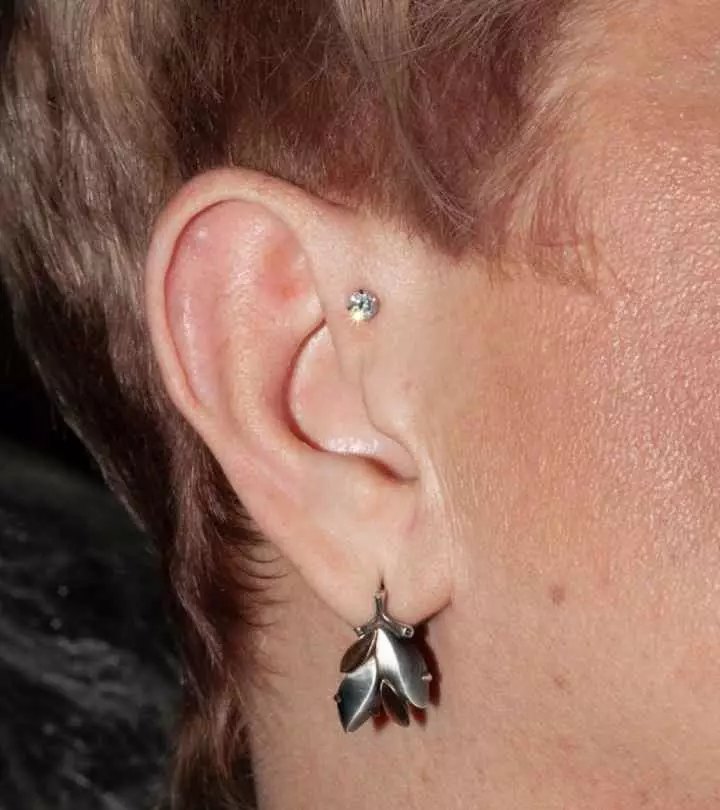
Image: Shutterstock
Piercing is an art form, and a forward helix piercing, with its captivating placement, can be a beautiful way to express your individuality. The forward helix piercing rests on the upper rim of the outer ear. Its unique placement can add a touch of edge to your overall look. Beyond mere aesthetics, many common ear piercings, including the forward helix, are often placed on acupressure points. According to anecdotal evidence, these points are associated with certain benefits. From exploring these benefits to understanding the pain factor, aftercare routine, and jewelry selection – we have it all covered in this article. Keep reading to know more!
 Piercing Guide: Forward Helix Piercing
Piercing Guide: Forward Helix Piercing- Placement: Upper ridge of the outer ear
- Best Jewelry: Labret studs, hoops, barbells
- Cost: Starting from $30
- Pain Level: Medium to high
- Healing Time: 6 to 8 months
In This Article
Forward Helix Piercing: Benefits

The forward helix piercing is not just an aesthetic accessory but is one of the types of piercings that are associated with health benefits. These claims are rooted in auriculotherapy, a traditional Chinese medicine practice based on the concept that points on the ear correspond to various organs and body systems. By stimulating these points, whether through needles or piercings, it is believed to promote healing and overall health benefits. In fact, auriculotherapy impacts not only your general well-being but also potentially reduces various ailments in the body.
The forward helix is situated in an area aligned with specific acupressure points that contribute to:
- Anxiety and stress reduction (1)
- Forward helix piercings can enhance your ear’s overall aesthetic, adding a unique and stylish look to your ear anatomy.
- An increased sense of self-confidence and overall well-being
- Enhanced mindfulness and pain tolerance (2)
- A potential decrease in the frequency or intensity of migraines or chronic headaches (3)
- Reduced muscle tension promotes relaxation
- Some people believe that certain ear piercings, including forward helix piercings, can provide acupressure benefits, though the scientific evidence for this is limited.
- Since they’re located on the outer rim of the ear, forward helix piercings typically have less interference with headphones, hats, and other accessories compared to other ear piercings.
However, in general, forward helix piercings are viewed as primarily a form of self-expression and aesthetic enhancement. While these potential health benefits are interesting to consider, understanding the pain involved is crucial before taking the step.
Key Takeaways
- Forward helix piercings are a type of cartilage piercing that is done through the upper ridge of the outer ear.
- This piercing can be worn by people of all ages and is generally considered to be a moderately painful piercing.
- The healing time for a forward helix piercing is typically 6 to 8 weeks.
- The most common type of jewelry is a labret stud, but hoops and barbells can also be worn.
- Choose the best high-quality, hypoallergenic options for jewelry, such as titanium, surgical steel, platinum, or 14k gold.
Forward Helix Piercing: Pain Factor

The pain is a genuine concern with any piercing. However, it also largely depends on the individual pain tolerance, causing different experiences for everyone. Cartilage piercings, in particular, are a painful and intense experience, possibly due to the brittle nature of cartilage. The pain level associated with a forward helix piercing is typically around 5 out of 10 on the pain scale. There is no sugar coating it; expect a noticeable pinch or sharp pain as the needle pierces through the skin. piercing guns causes more tissue damage and, consequently, more pain. While piercing needles are not painless, they are much sharper and more precise than piercing guns. Using needles of appropriate size and jewelry of quality material further reduces discomfort. Make sure to opt for a reputable piercer in this scenario, given the delicate nature of the procedure.
You may also ask your piercer to suggest ways to minimize discomfort during and after the forward helix piercing. Some may suggest pain management techniques like using ice packs to reduce swelling and numbness. They may also recommend the consumption of over-the-counter pain medications before the appointment. However, avoid NSAID medications, such as Ibuprofen, as they can increase the risk of bleeding during the procedure (4).
Conversing with an experienced piercer about pain management, its healing process, and aftercare beforehand can significantly enhance your forward helix piercing experience.
Forward Helix Piercing: Healing Time And Aftercare
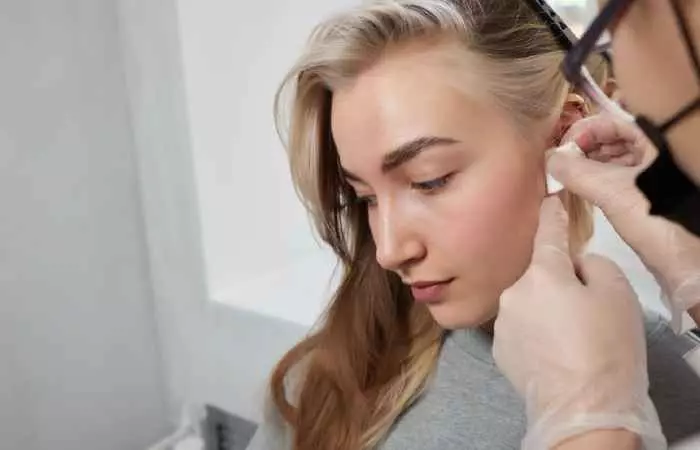
A forward helix piercing is often associated with a significant level of pain. Given its nature as an open wound, adhering to proper aftercare practices is paramount for a smooth and trouble-free recovery. Here are some tips for you:
- Clean the jewelry with fragrance-free soap or a saline solution.
- Avoid the urge to touch or twist the piercing.
- Refrain from sleeping on the side of the piercing to minimize irritation.
- Maintain a high level of hand hygiene with unscented soap when handling the piercing.
- Steer clear of swimming pools, hot tubs, and saunas to prevent the formation of bacteria.
- Use a travel pillow or cushion to support the head and alleviate direct pressure.
- When drying the piercing, use a gentle paper towel instead of a fabric one to prevent unnecessary friction.
- Keep your hair away from the piercing to prevent snags and irritation.
- Avoid harsh soaps, alcohol, or peroxide, as they can irritate the area.
- Opt for high-quality, hypoallergenic jewelry made of materials like titanium or surgical steel.
 Did You Know?
Did You Know?Astrid, a makeup and fashion blogger, shares her forward helix piercing experience in her blog. She recalls, “A week after getting the piercing, I woke up and my ear hurt a bit. It started swelling during the day and it started hurting more. I went home, looked in the mirror and my ear was extremely red. Not kidding, it was almost purple and I could feel it throbbing. I filled my sink with lukewarm water and soaked my ear in it for about 5 minutes. After that, I really took the time to clean it very well. I think I needed about 5 cotton swabs to get it clean. My ear instantly felt better and when I woke up the other day, It was painless and the swelling/redness was gone (i).”
Aftercare is not a chore; it is an act of love for your piercing. Precautions are necessary so that they do not potentially impede the healing time. If you experience pain, bumps, or swelling, consult a piercing professional to prevent possible infections. Choosing poor quality or the wrong kind of jewelry can hamper your healing process. Let us look at some of the best options for the forward helix piercings.
What Type Of Jewelry Is Used For A Forward Helix Piercing?
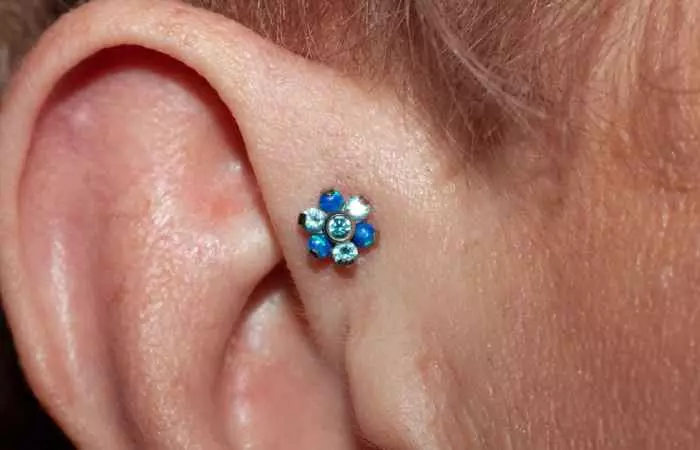
When it comes to forward helix piercings, choosing the right jewelry is as important as picking a reputable piercer! Your cartilage buddy deserves only the best, and understanding the available options will help you make an informed and stylish decision. Cartilage earrings come in various styles, including studs, hoops, and cuffs, and are tailored to the unique anatomy of the forward helix. The following options are commonly chosen:
- Stud Earrings
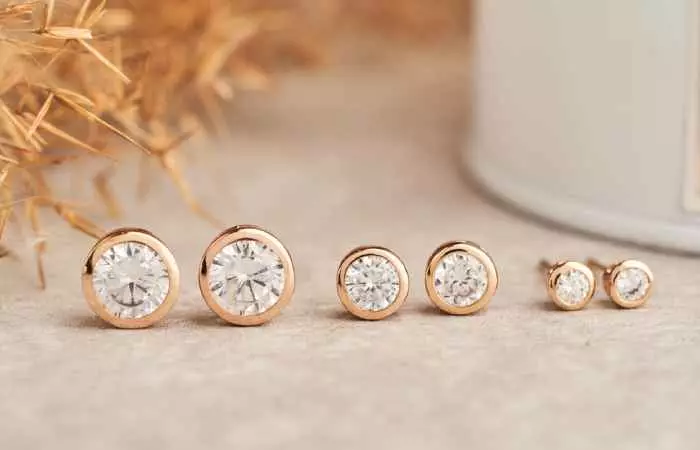
Classic and elegant, stud earrings feature a straight post with a decorative top. They minimize surface contact and irritation, promoting smooth healing. Opt for titanium or 14k+ solid gold for optimal comfort and biocompatibility.
- Hoop Earrings

Hoop earrings are stylish and offer a modern look for forward helix piercings. They add a touch of edge to your forward helix. However, be mindful of potential irritation due to their constant movement. Choose lightweight hoops in high-quality materials to minimize the risk. While hoops are a stylish jewelry option, ensure to wear them once the piercing has healed. Wearing hoops during the healing period may irritate the wound and increase the risk of inflammation.
 Trivia
Trivia- Captive Rings

Captive bead rings (CBRs) consist of a circular ring often decorated with gems or charms that add another layer of flair to your piercing. They offer a versatile and seamless aesthetic for forward helix piercings.
- Curved Barbells
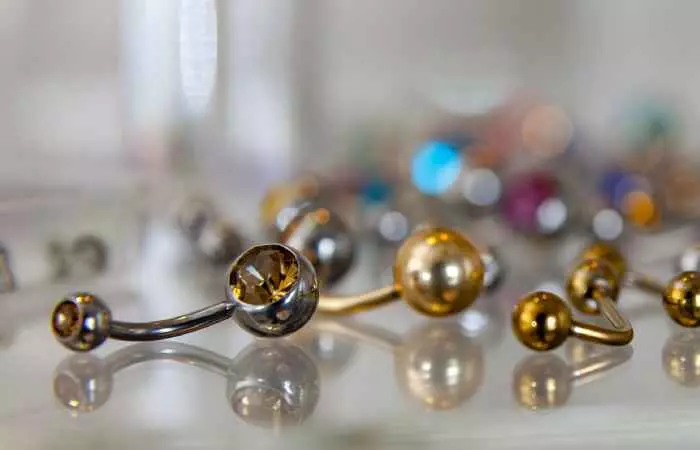
Curved barbells are designed with a gently curved post, providing a sleek fit for forward helix piercings. The curvature can be customized as well.
However, avoid wearing hoop earrings, captive rings, curved barbells, and any dangling jewelry during the healing period as they prevent movement and may disrupt the healing process. Always go for flat back or labret studs, as they have flat discs at the end and may reduce irritation, allowing for better healing.
After understanding the different types of jewelry available for your piercings, it is also crucial to know the nitty gritty of the process. Let us navigate the world of gauges for your forward helix piercing.
What Gauge Is A Forward Helix Piercing?
When it comes to gauges for forward helix piercings, there is not a single set-in-stone answer. Most commonly, 18 gauge is used for initial piercings, but it can typically range from 18 to 16 gauge. The 16 gauge (1.2mm) needle, being thicker, provides increased stability and the potential for quicker healing in initial piercings. On the other hand, the 18 gauge (1mm) option, being thinner, is favored for individuals with thin cartilage or sensitive ears, minimizing initial discomfort. Additionally, the decision on gauge may also be based on your preference. It is crucial to note that the gauge of your chosen jewelry should also match the initial piercing; thus, a 16 gauge piercing requires 16 gauge jewelry, and vice versa.
With the gauge sorted, let’s shift to another important consideration: the cost. While the investment in a forward helix piercing goes beyond just jewelry, understanding the price range can help you budget and plan your piercing carefully.
Forward Helix Piercing: Cost
A standard helix piercing may cost less compared to a more intricate one, especially if you opt for double or triple piercings. Keep in mind that increased complexity naturally results in higher prices. The overall cost can vary significantly based on the geographic location, the policies of individual piercing studios, and the intricacy of the type of piercing.
It is crucial to understand that you are not just paying for the piercing itself but also for the experience and expertise of the piercer. Therefore, it is advisable to seek out an experienced piercer to ensure a smooth piercing process and a satisfying healing journey. Investing in a professional piercer can save you potential hassle and money in the long run.
 Trivia
TriviaApart from the costs involved, it is essential to understand the proper timing and procedure to ensure a smooth transition and healthy healing. So, let us navigate the nuances of changing out your forward helix piercing!
How And When To Change Out A Forward Helix Piercing
Tempting as it may be, changing out your forward helix piercing too soon or using the wrong technique can lead to irritation, infection, and even scarring. Wait at least 3 months, preferably 6 months, for your piercing to fully heal before switching jewelry. This allows the tissue to fully integrate the jewelry and minimizes the risk of complications. If you notice any persistent signs of irritation or infection, delay the jewelry change and consult your piercer or a healthcare professional.
 Quick Tip
Quick TipBefore initiating the jewelry change, wash your hands thoroughly with soap and water and soak the new jewelry in a sterile saline solution for 5 minutes. When removing the old jewelry, gently unscrew the flat back. Following this, soak the pierced area with saline solution for another 5 minutes and gently pat dry using a clean paper towel. Carefully insert the new jewelry, aligning it with the piercing hole, and securely screw on the back, ensuring it is snug but not overly tight.
If you are uncomfortable changing the jewelry yourself, do not hesitate to visit your piercer. They can do it safely and provide valuable aftercare advice.
Piercings offer more than just an opportunity to enhance your ear aesthetics; they embark on an exciting journey of self-expression. The world of forward helix piercings awaits you—an artistic statement, a conversation starter, and a whisper of your unique style etched onto your ear’s canvas. Understanding what a forward helix piercing entails, mastering its care, and knowing when to safely replace your earrings are essential steps for a successful piercing experience.
Always consult a reputable piercer for a professional opinion and a safe piercing experience. Research, seek expertise, and trust their guidance. With a wealth of knowledge at your disposal, confidently explore the diverse array of forward helix earrings to find the perfect match for your style. Delve into the dazzling world of tiny hoops, geometric studs, playful charms, and elegant danglers to adorn your piercing. Choose jewelry that reflects your personality and makes you feel empowered and beautiful.
Frequently Asked Questions
How to remove jewelry from a forward helix piercing?
Wash your hands with an unscented soap. Soak the piercing in a warm saline solution for a few minutes to help loosen any dust and avoid introducing bacteria to the piercing site. Carefully slide or unscrew the jewelry out of the piercing hole. Be gentle and patient to avoid causing any damage or tearing.
Is the forward helix hard to heal?
The healing process varies from person to person, as everyone’s pain tolerance is different. Generally, forward helix piercings are considered to be more prone to irritation due to their location. The healing process can range from a few months to a year. Proper aftercare, such as cleaning and avoiding trauma to the area, can contribute to proper healing.
Is it hard to change a forward helix piercing?
Yes, changing the jewelry in a forward helix piercing can be a bit tricky, especially if it is a fresh piercing or is still healing. They usually take longer to heal (8–9 months) than lobes. It is essential to be gentle and patient to avoid causing any damage or discomfort. If in doubt, it is advisable to seek assistance from an experienced piercer.
What are the cons of forward helix piercing?
Due to its location, the forward helix is more prone to irritation. Various factors, such as hair and hats, can lead to bumps, redness, and swelling. Cartilage takes longer to heal compared to other ear piercings, increasing susceptibility to infection if care is neglected. Another drawback of forward helix piercings is that the awkward angle makes independent jewelry changes challenging.
How long until the forward helix stops hurting?
Pain and soreness can persist for a few weeks after getting the piercing. If the pain continues or worsens, it is crucial to consult with a professional piercer or healthcare provider.
What hurts more, the forward helix or the tragus?
Pain tolerance varies from person to person, having said that cartilage piercings like forward helix and tragus can be mild to moderately painful during piercing. The tragus is more painful due to thicker cartilage, while the forward helix is more sensitive due to its exposed location.
How to clean forward helix piercing?
While cleaning your forward helix piercing. Always use a saline solution 2-3 times daily. You can also soak the pierced area in a warm, sterile saline solution for 5-10 minutes once a day. Rinse thoroughly with clean water and pat dry gently with a paper towel
Whether you are contemplating a forward helix piercing or just curious about the experience, stick around for the truth, and let the journey begin! Delve into the nitty-gritty of this trendy ear piercing with a skilled piercer who shares his expertise and spills all the details in the following video. Tap to watch now!
Personal Experience: Source
StyleCraze's articles are interwoven with authentic personal narratives that provide depth and resonance to our content. Below are the sources of the personal accounts referenced in this article.
(i) Forward Helix Piercing: My Experiencehttps://truthaboutcosmetics.blogspot.com/2015/10/forward-helix-piercing-my-experience.html
References
Articles on StyleCraze are backed by verified information from peer-reviewed and academic research papers, reputed organizations, research institutions, and medical associations to ensure accuracy and relevance. Read our editorial policy to learn more.
- Effectiveness of auriculotherapy for anxiety, stress or burnout in health professionals: a network meta-analysis
https://www.ncbi.nlm.nih.gov/pmc/articles/PMC9580986/ - Auriculotherapy and reducing chronic musculoskeletal pain: integrative review
https://pubmed.ncbi.nlm.nih.gov/33263671/ - Daith Piercing in a Case of Chronic Migraine: A Possible Vagal Modulation
https://www.ncbi.nlm.nih.gov/pmc/articles/PMC5711775/ - Effects of nonsteroidal antiinflammatory drugs on platelet function and systemic hemostasis
https://pubmed.ncbi.nlm.nih.gov/7608308/
Read full bio of Ikramul Haque Shazib
Read full bio of Gracia Odile
Read full bio of Shatabdi Bhattacharya
Read full bio of Shreya Mukherjee





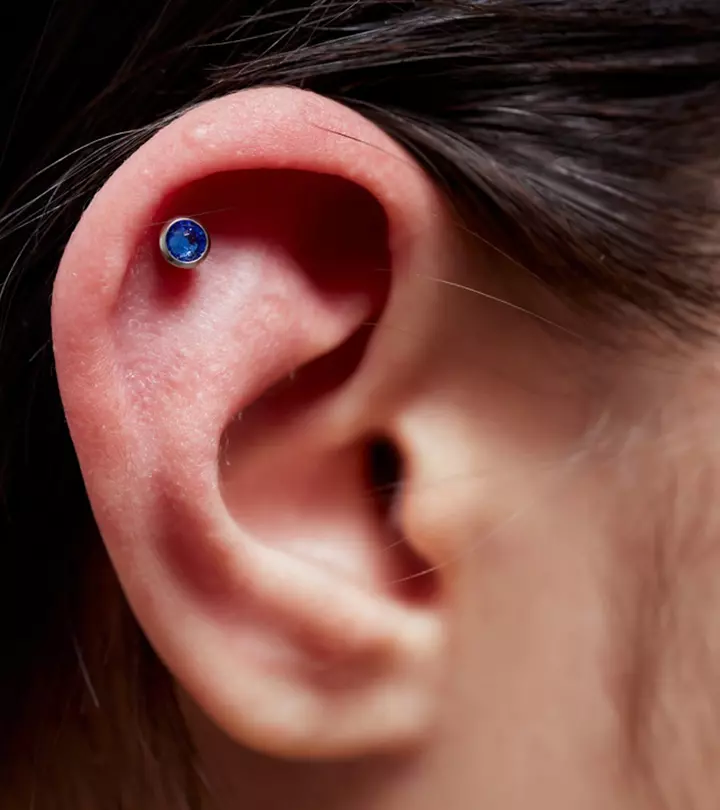

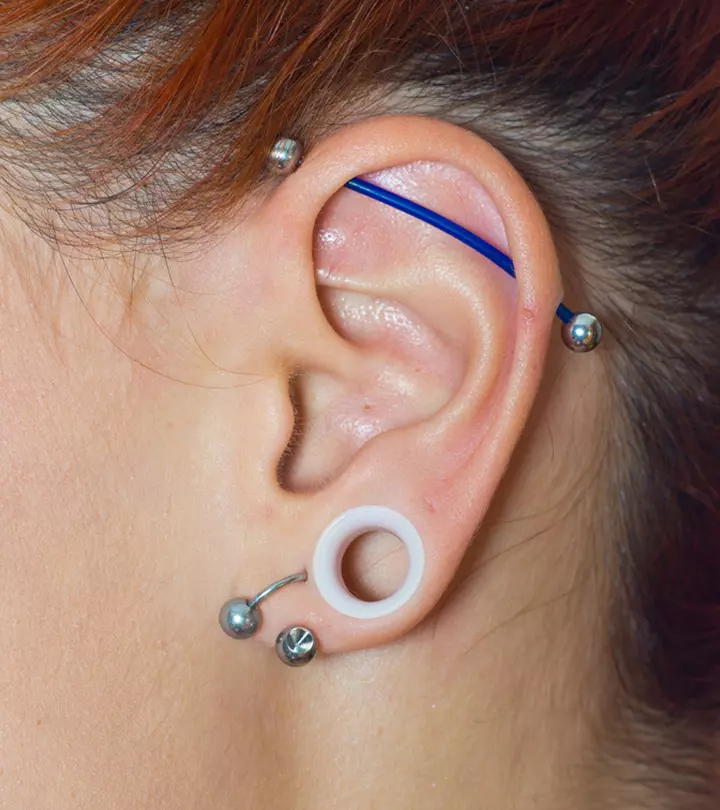
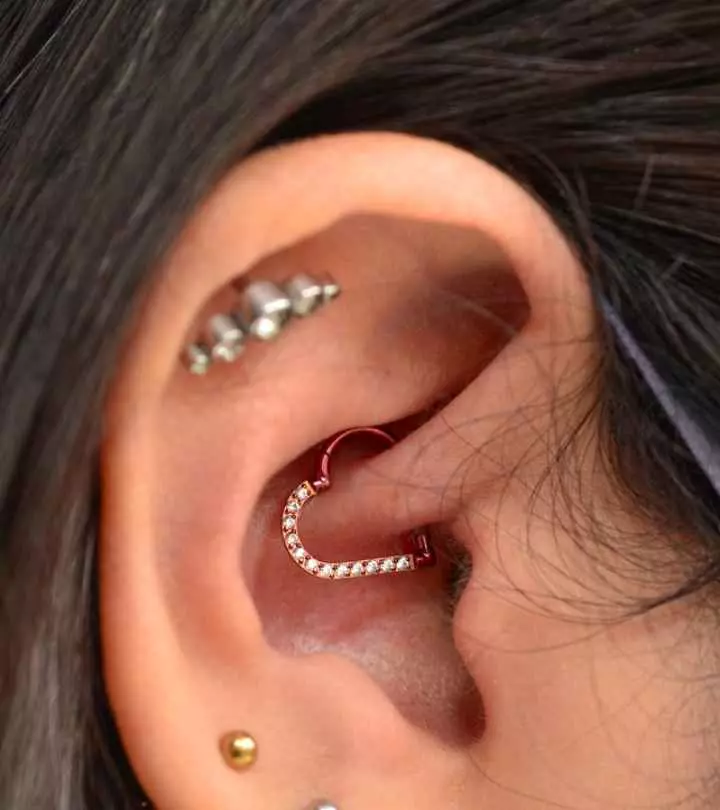
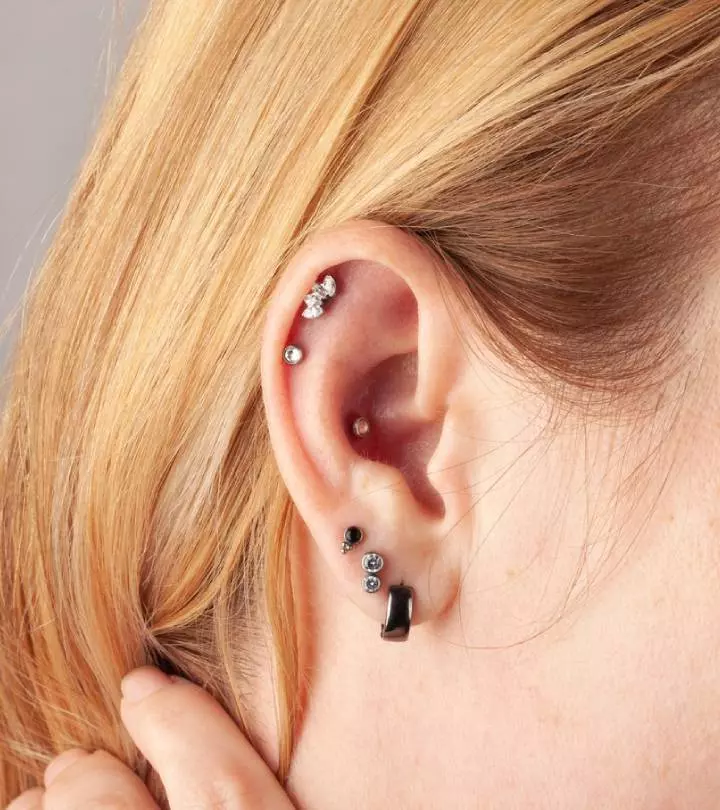
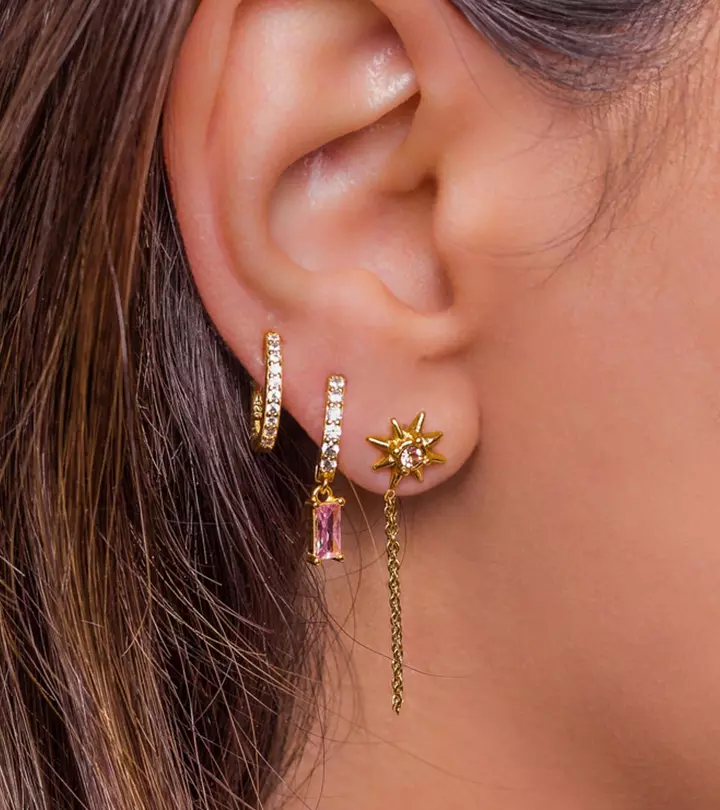
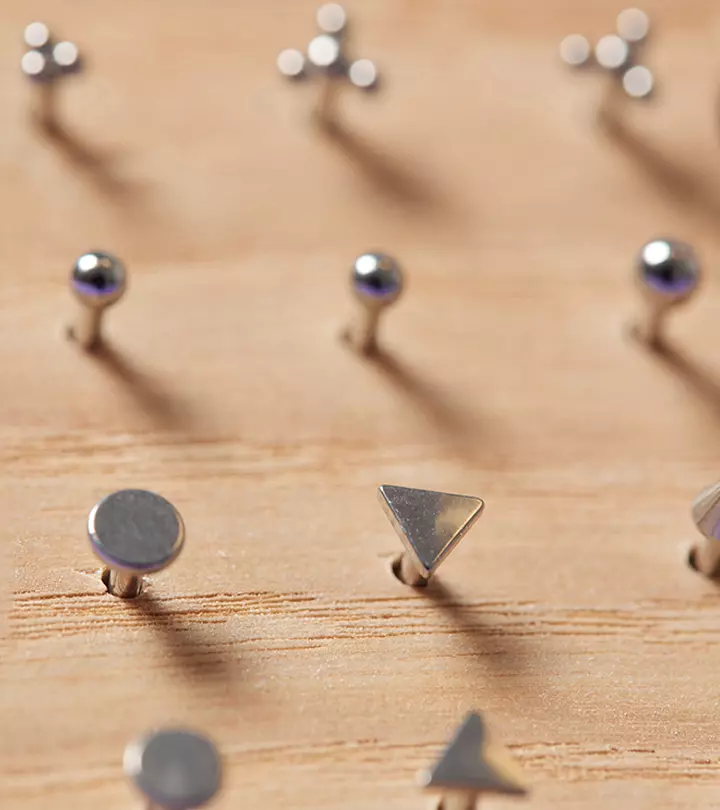
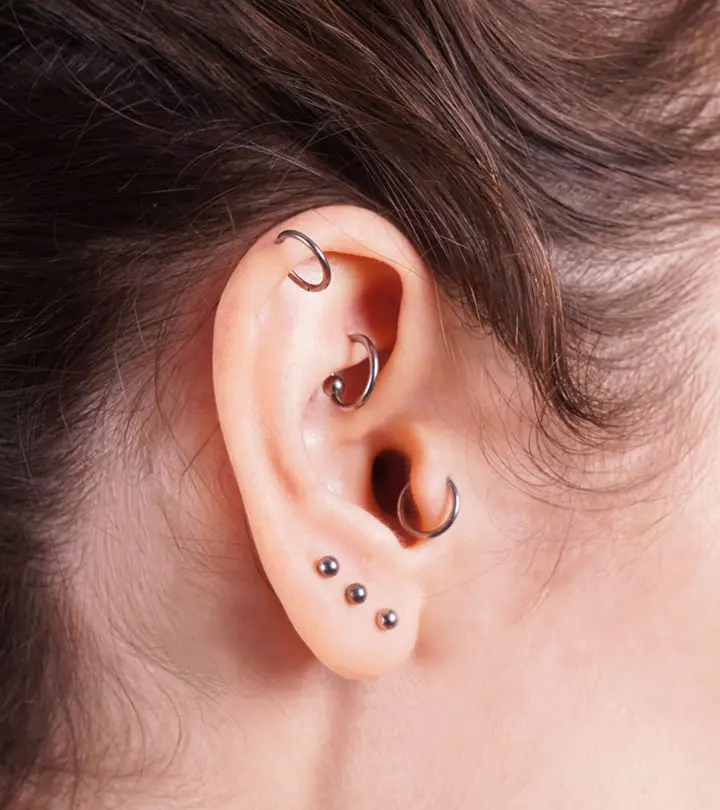



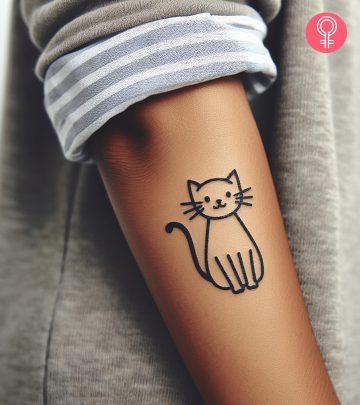
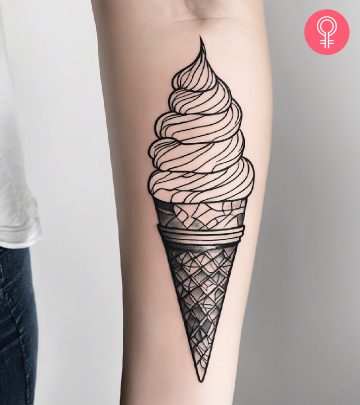
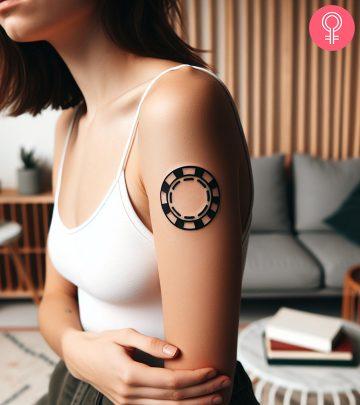
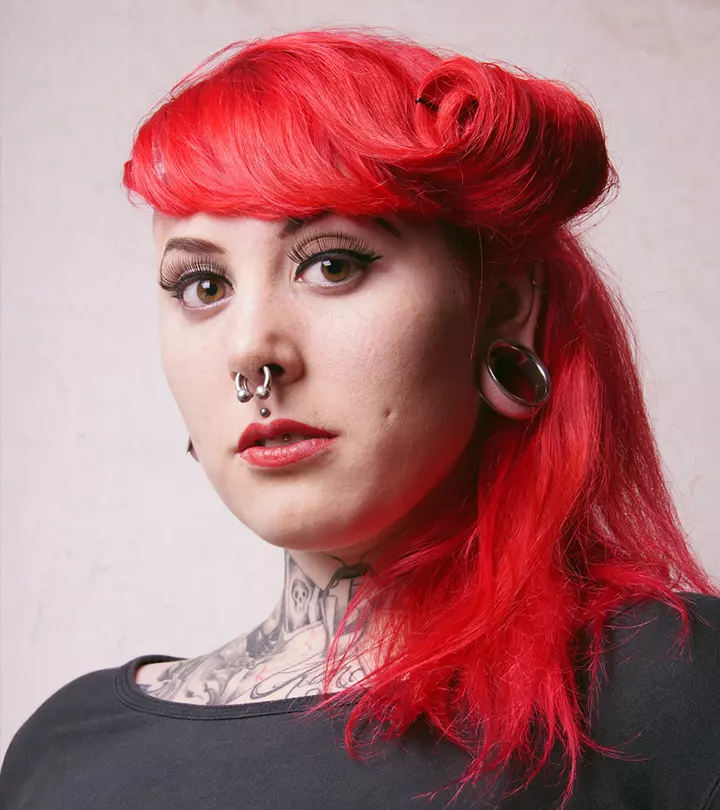



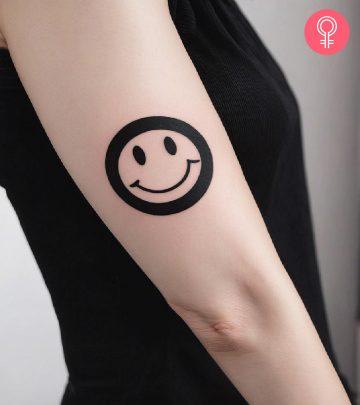

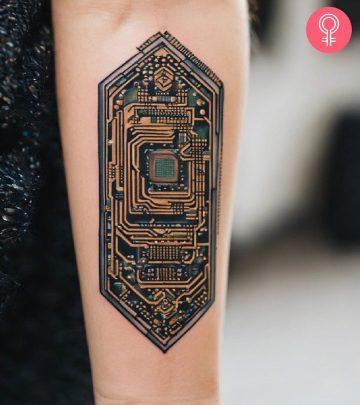
Community Experiences
Join the conversation and become a part of our empowering community! Share your stories, experiences, and insights to connect with other beauty, lifestyle, and health enthusiasts.